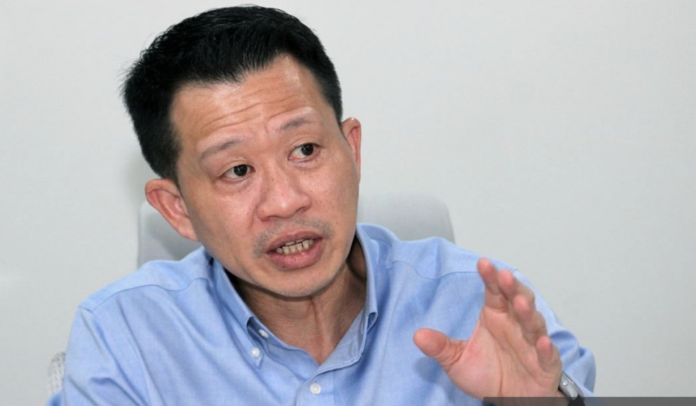KUALA LUMPUR, Sept 8 – AirAsia is ramping up its flight operations to meet growing passenger demand and with its continuing fleet expansion by year-end, this will help meet demand for air connectivity, Bernama news agency reported.
“AirAsia is the people’s airline and we will strive to fill the gaps where there is demand. We aim to cover as much ground as possible supported by the fleet expansion from 79 to 92 aircraft in Malaysia by the end of December,” Bernama quoted AirAsia Aviation Group deputy group chief executive officer (airline operations) Datuk Captain Chester Voo.
“These aircraft are either newly delivered or returning to service post-COVID (and) with 92 aircraft, we will deploy as many as we can to fill the gaps based on demand,” he said.
He cited how AirAsia could fill in key routes to Sabah, Sarawak, China, Indonesia and Thailand that were within its reach.
Captain Chester was responding to questions on AirAsia’s response to Malaysia Aviation Group’s (MAG) Aug 24 announcement to reduce flights and routes between now and December 2024. MAG operates Malaysia Airlines.
The move had reportedly led to increased passenger demand for alternative airlines and routes.
The decision comes in response to recent service disruptions to ensure the fleet’s long-term reliability and operational robustness, which affected Malaysia Airlines, Firefly, and Amal services during the week of Aug 19, 2024.
Captain Chester explained that flight disruptions, or rather retiming, are an unavoidable aspect of airline operations.
“It does not just affect local airlines. It affects everyone. Local airlines may currently be in the spotlight, but this is a widespread issue (affecting all airlines),” he said.
He pointed out that climatic factors, especially bad weather, are a common issue. For instance, an average heavy downpour in Malaysia could last 30 to 45 minutes.
“During this time, some aircraft might be able to land but some might have to be diverted. So the aircraft that was scheduled to enter Kuala Lumpur had to be diverted elsewhere. It may take an hour to get there and transit (back to its original destination) after the weather improves,” he said.
Additionally, the aircraft will need “to get a new slot” before it can fly back to Kuala Lumpur.
“That will take three hours easily. When it returns to continue to the next sector, affected passengers experience a three-hour delay.”
“With more than 500 flights a day, this can affect 25 to 30 flights,” he said, alluding to the adverse snowball effect.
Another unavoidable factor is when an aircraft develops an ad hoc technical problem that may come in many forms. This results in the plane turning back or flying to the nearest airport that can offer the needed (technical) support.
“If you have a technical problem and it does not jeopardise safety, you can continue operating. For certain issues, that may not be possible and immediate repairs are needed,” he said.
He said one of the ways to deal with such situations would be to have spare aircraft.
“Even then, (in situations where) nine to 10 flights are diverted simultaneously, there is no airline that will have nine to 10 spare aircraft sitting on the ground to help recover all flights.
“So, they will start mixing and matching to keep the schedule so that everybody gets to their destinations,” he said.
As for AirAsia, he said the low-cost carrier carries two to three spare aircraft per day based on its operation size.
















